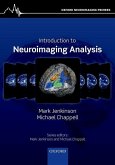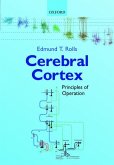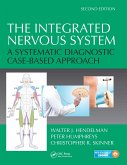ASL is an increasingly popular tool to study the brain. The aim of this primer is to equip someone new to the field with the knowledge to make informed choices about ASL acquisition and analysis. While providing a stand-alone introduction to this subject, the text can be read with others in the series for a comprehensive overview of neuroimaging.








